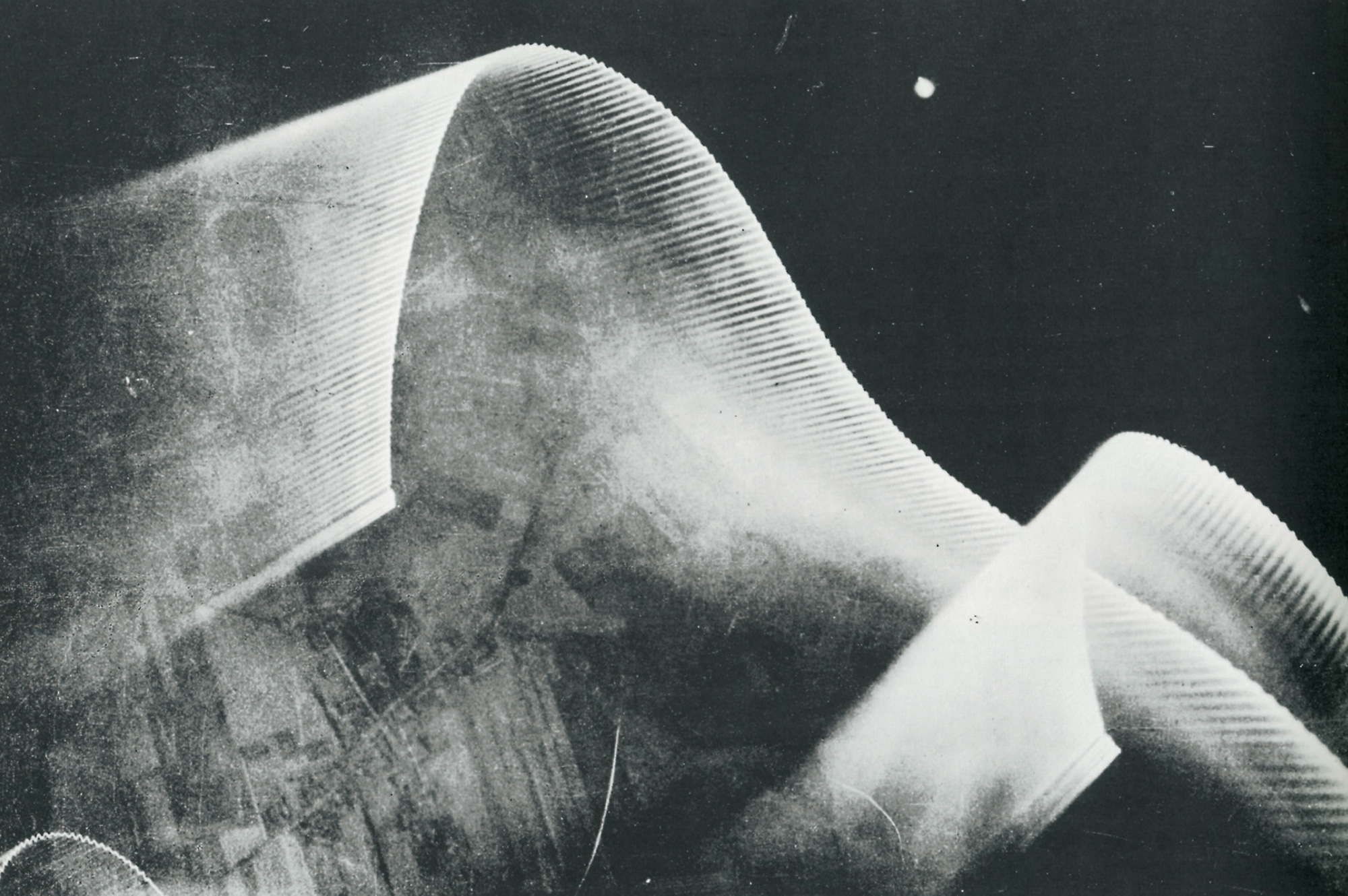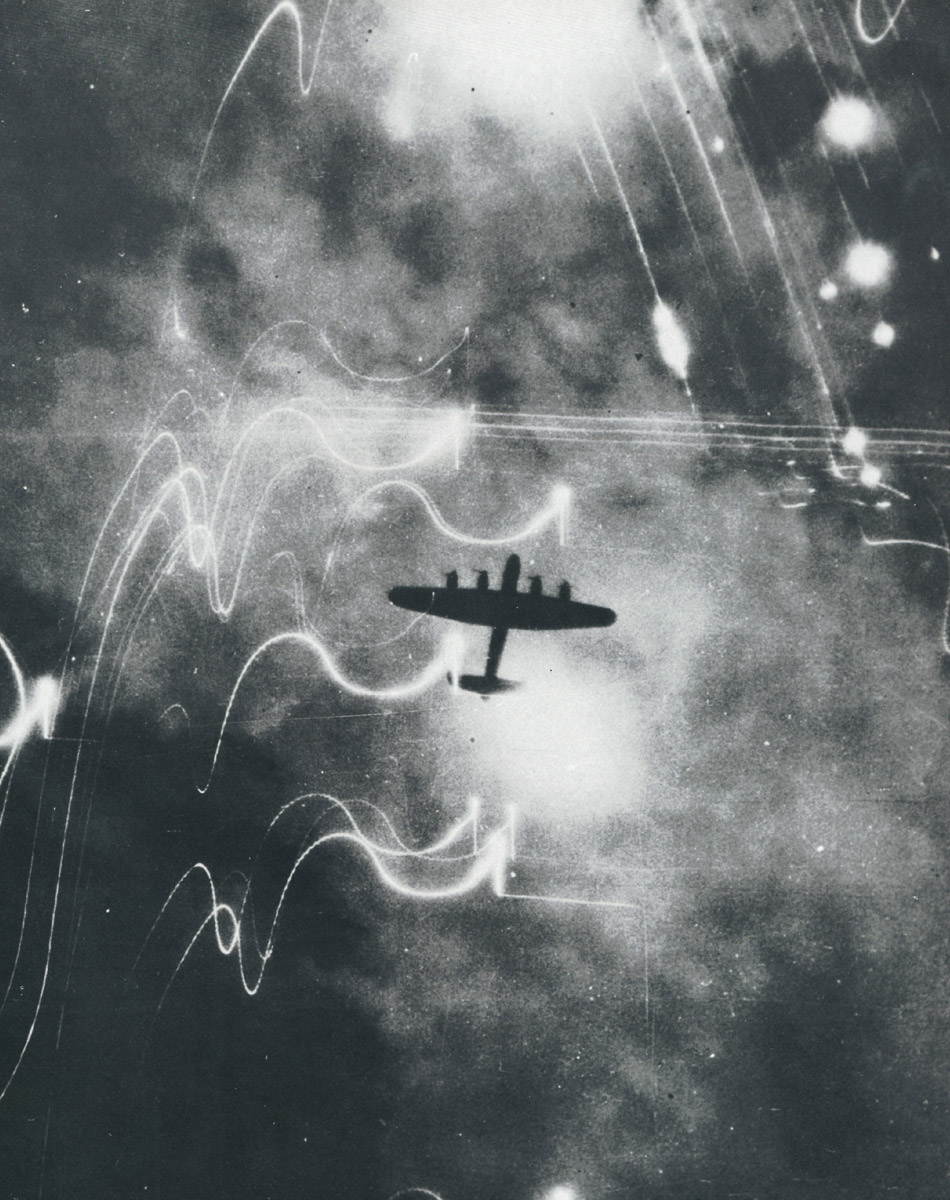Bombs Away: An Interview with Sven Lindqvist
The history of civilian bombardment
Mats Bigert and Sven Lindqvist

Sven Lindqvist’s book A History of Bombing offers a detailed account of the exact ways in which the advent of aerial bombardment not only reconfigured the terrain of war but expanded it to include civilians as possible targets. Mats Bigert met Lindqvist in Stockholm.
Cabinet: When was the first bomb dropped from an airplane?
Sven Lindqvist: The first bomb was dropped outside Tripoli on November 1st, 1911, during the war that the Italians started in order to win the last piece of North Africa remaining in Turkish hands. It was the Italian Lieutenant Guilio Cavotti, flying a delicate airplane that looked very much like a dragonfly, who leaned out and dropped a small bomb, a Danish “Haasen” hand grenade, on the oasis of Tagiura. On hearing the news, the public in other countries was outraged, because everyone immediately saw the implications of this new means of destruction.
Do you have any thoughts on why it was the Italians who used the aerial bomb first?
Well, at the time the Italians were very future-minded. Everything they did in this war against the Turks was revolutionary. Someone took the first aerial photo from a plane; someone was the first to be shot down; another pilot carried out the first night bombing. The troops were cheered on by poets like D’Annunzio and Futurist artists like Marinetti, who depicted the technological war as a symphony or sculptural project.
In La Bataille de Tripoli, Marinetti writes about the sensation of viewing the bloodbath from the air. Was he actually there or was it all just a mad fantasy?
No, he actually went down to Libya and visited the troops. He flew in Captain Piazza’s plane and was calling out to the troops to “Charge! Fix bayonets! Charge!”
Was the idea of aerial bombardment rapidly taken up by other countries?
Yes, in 1913 the Spanish bombed rebellious Moroccan villages. And then came World War I, where planes were used mostly as reconnaissance for artillery but sometimes also for bombing.
I find it a bit surprising that they didn’t use aerial bombing more during World War I.
You shouldn’t be surprised! Read the social history of the machine gun and you find that the military on both sides were so conservative that it took them almost three years of running against machine gun fire and losing hundreds of thousands of men before they realized that aviation was a weapon to be reckoned with.
I would like to back up a bit and discuss the importance of the peace conferences, especially the one at the Hague in 1899, where they anticipated this development of aerial warfare. This was four years before the Wright brothers.
In science fiction, certain writers like H. G. Wells, Samuel Odell, and Garrett Serviss had already projected this development, so it was quite easy to imagine what the introduction of airplanes could mean in terms of destruction, if you were bent that way.
And the stronger nations saw the military potential of this new mode of warfare and therefore resisted the proposal to prohibit it?
Yes, especially Great Britain, which was and had been the superpower since the Napoleonic Wars and refused to sign the 1899 treaty. The Americans, on the other hand, not yet a superpower, were rather interested in the prohibition of aerial warfare. They were pioneers in cleaning up the battlefields and introducing moral prohibitions against killing civilians during war. Already in 1863, Lincoln introduced the “Order 100” that was imitated by most other civilized countries. And at the conferences in 1899, 1907, and the 1920s and 1930s, the Americans emphasized the importance of trying to avoid civilian casualties.
Well, that attitude changed at the end of World War II.
Yes, but when they joined the war in 1942, they really tried hard to avoid bombing the civilians. They developed new airplanes that would defend themselves like flying fortresses, and when that proved a mistake, they constructed a daytime fighter plane that could follow the bombers over great distances in order to protect them when they bombed their targets. The British were not at all interested in this development and concentrated instead on night bombing and “area bombing.”
It is interesting to follow the internal conflicts of the Americans during that period. We have all the documents filed for all the squadrons’ missions for every day. You can see how all the middle management officers came under huge pressure both from their superiors who wanted quick results and from their men who didn’t want to die. Both groups pushed for more bombings of civilians and less of selected military targets. But the middle management didn’t succumb to the pressure and kept these high moral principles alive until the very end of the war when they started to bomb Tokyo and the other Japanese cities.

That seems to have been the result of one person’s entrance on the scene, Curtis LeMay, who adopted the ideas of Arthur “Bomber” Harris in England. Were these men’s ways of thinking self-made or a mutation of the military mindset?
My theory is that “Bomber” Harris and other leading air marshals were schooled into bombing civilians by their colonial experiences. Britain had been bombing civilians in Afghanistan, Iraq, Palestine, Egypt, and Africa since 1919 instead of using infantry and artillery.
It looks like the period between the two world wars provided, more or less, an aerial bombardment training camp for the colonial powers. In your book, you focus on two events during this period; the Spanish bombing of the Moroccan village of Chechaouen in 1925 and the German bombing of the Spanish town of Guernica in 1937. What singled out these events from many other such bombardments around the globe at that time?
The entire world knows Guernica but practically no one knows Chechaouen. The two villages are very much alike in terms of geographical position, historical importance, and ethnic significance. And they were both severely bombed. The difference was that the news of Chechaouen’s destruction didn’t surprise anyone since it seemed natural that “savages” would be bombed. But when Guernica was attacked, it wasn’t just a small village in Spain; it was also Europe and indirectly us, ourselves, who were being bombed. The colonial wars had in one single stroke moved over to our own turf.
So the experiences of the colonial wars had barbarized the European aggressors more than it civilized the barbarians. This dark backdrop illuminates the actions of “Bomber” Harris during World War II. Could you draw a fast sketch of Bomber Commands’ actions after Churchill’s decision to start bombing the Germans in 1940?
The day after he became prime minister, Churchill ordered the bombers to attack Germany, but not to the extent of a couple of years later. The real bombing offensives started with Harris in February 1942. In 1940 and 1941, the bombings were the only way for Britain to resist Hitler. A very small amount of the bombs dropped during World War II fell during those two years. It was only when Soviets and the US had been forced into the war that the real British attacks started, mainly against civilians. And even more so during the last eight months of the war, after Harris got his bombers back from Eisenhower, who had used them as support during the landings in Normandy, when 80 percent of all World War II bombs were dropped. And one can wonder to what use.
And then came the bomb that was meant to end all wars. After the atomic bomb, the laws of how civilians were going to be affected by war had to be rewritten once again. What were the debates at the UN after the Enola Gay?
What I find interesting is that the clear prohibition that had existed before World War II against bombing civilians eroded after the war and sort of disappeared. The Red Cross immediately started negotiations to try to re-establish these rules, but the victorious powers didn’t want to agree on these terms since they wanted to continue to use these new means of mass destruction—in reality and as a deterrent. It wasn’t until 1977 that a new international law for the protection of civilians against bombing was created in the form of two amendments to the Geneva protocol of 1949. But even though so many countries signed the 1977 amendments that they got the status of international law, the United States didn’t sign.
Sven Lindqvist was born in 1932 in Stockholm, which is still his hometown. He is the author of A History of Bombing, The Skull Measurer’s Mistake, Exterminate All the Brutes, and Bench Press.
Mats Bigert is one half of the artist duo Bigert & Bergström based in Stockholm. He is also an editor-at-large at Cabinet.